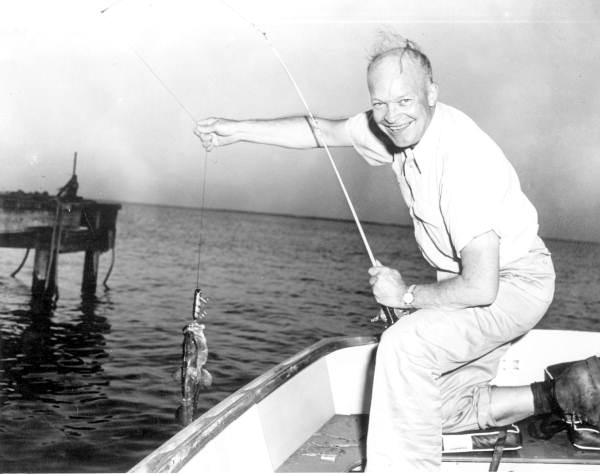Motivating Others to Action

In the middle of the 1930s, Purdue University communication professor Alan H. Monroe began noticing that successful persuasive messages all shared a strangely common pattern. He defined “success” as instances where a speaker could motivate one or more listeners to take action, even in situations where it would seem that the listeners appeared to oppose the core of the message itself. Monroe examined the psychological principles of these successful messages and, from analysis of these messages, derived a five-step speaking process, affectionately named Monroe’s Motivated Sequence. Evidence of this sequence can be found just about everywhere, from static display advertisements like billboards or print publication ads, to more active marketing such as television or internet commercials. Experts estimate that modern individuals living in an urban society subject themselves to anywhere from a conservative estimate of 300 to a more realistic estimate of 1,000 persuasive messages every single day (Gass & Seiter, 2019).
This five-step pattern shares similarities with the earlier pattern of speaking for the purpose of speaking to inform, which has an introduction, three main points, and a conclusion. Monroe’s Motivated Sequence also contains an introduction, three main points, and a conclusion, but in using this specific method, each of these steps provides more direction and structure regarding what the speaker should address during each step. As a result, Monroe relabeled the five-step process as follows:
- Gain Attention: This first step performs essentially the same function as the introduction discussed earlier in Chapter 6, but in a speech to motivate others to act, this step becomes even more critical. Failing to grab the audience’s attention up front will limit the effectiveness of all subsequent steps.
- Present the Need: Also referred to as the “problem” step, this establishes the first main point of the speech and immediately follows the introduction. In this step, the speaker presents a need to satisfy or a problem to solve. Show the audience the importance of the need and how it affects every listener.
- Satisfy the Need: In the second main point, speakers should attempt to satisfy the need or present a solution to the problem framed in the first main point. They must show the audience not only how to apply the solution in a concrete, step-by-step fashion, but they must also show them that what they suggest will adequately satisfy the need or solve the problem.
- Visualization: In the final main point, speakers verbally paint a picture of the benefits associated with their proposed solution to satisfy the need. Conversely, they may also present the consequences of not applying the solution should the audience choose to ignore the proposal.
- Call to Action: Structured more or less the same way as in the speech to inform from Chapter 6, but this version incorporates a slight twist. The speaker should signal the end and recap each main points, but instead of concluding with a “clincher” that reinforces the central idea, the speech ends with a final call to action, where the speaker directly calls on the audience to act upon the presented solution.

